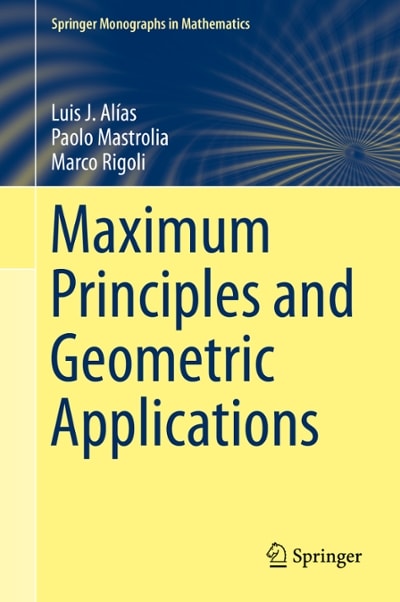Question
WA5:Confidence Intervals Part 1: Proportions 1. Suppose that it is known that the population proportion of yellow M&Ms is.Remember this means that 14% of all
WA5:Confidence Intervals
Part 1: Proportions
1.Suppose that it is known that the population proportion of yellow M&Ms is.Remember this means that 14% of all M&Ms are yellow.
a)First, we are going to work with the small sample size used in the last lab,.In StatCrunch selectAppletsConfidence intervalsfor a proportion.You will see the following window and should enter the same information.
Click "Compute!" and you will see a new window.Select "Reset" and then select "1000 intervals.You will see an image with 1000 generated intervals.Paste that image below.
b)In your image, the population proportion is marked by the black vertical line running down the center.For each interval, the center of the interval is the sample proportion, which is marked with a dot.Green intervals contain the population proportion and red intervals do not.While still in the StatCrunch window, you can run the cursor over an interval to see details about it (sample proportion, lower limit, upper limit).
What percentage of the 1000 generated intervals contain the population proportion?
c)Now select "Analyze" and the details about each interval will be loaded into the spreadsheet on StatCrunch.One column will be labeled "Sample Proportion", which lists the sample proportions () for each of the 1000 generated samples.Use StatCrunch to create ahistogram(with an overlaid Normal curve) and aQQ plot(with the correlation value) of these proportions.Paste both plots below.
2.Enter a larger sample size of, select "Reset", and then select "1000 intervals.
a)You will see an image with 1000 new generated intervals.Paste that image below.
b)What percentage of the 1000 generated intervals contain the population proportion?Comparethis to the percentage found in #1.Which is closer to the confidence level(95%)? Whydoes this make sense?
c)Again, select "Analyze" and the details about each interval will be loaded into the spreadsheet on StatCrunch.Use StatCrunch to create ahistogram(with an overlaid Normal curve) and aQQ plot(with the correlation value) for the new column labeled "Sample Proportion."Paste both plots below.
d)Comparethe plots you just found to those found in #1.Which distribution is closer to Normal?Whydoes this make sense?
Part 2: Means
Data File-WA5.Africa.GDP(on Blackboard)
The data (as reported by IMF databases) is the GDP per capita* in 2017 for African countries.This lab will demonstrate what a confidence interval is intended to do (capture the true parameter value, in this case the mean).Realistically, we will not know what that true value is and that is the reason for finding a confidence interval.
*Nominal GDP per capita-a measure of the country's income in USD($) with respect to the country's population, discounting inflation
3.a)The first two columns show the names of the 54 recognized African countries (the population) and their 2017 GDPs per capita.Begin by using StatCrunch to look at thehistogramandQQ plotfor theGDPs to see what the overall distribution looks like.Pastethe plots below.
b)Based on the plots, whatshapedoes the distribution of African GDPs have andwhy?
c)What are the values of themean(this is), thestandard deviation(this is) and themedian?
Keep this in mind when looking at your results in the remaining questions.
4.a)Use StatCrunch to select3 SRSsofsize 32(use the DataSample feature introduced in the last lab).Include asnapshotof your results here.
b)Find the mean for each sample.
Sample 1=
Sample 2=
Sample 3=
c)Is it safe to apply theCentral Limit Theoremto the sampling distribution of all such means (from samples like those in the last problem)? Could we usesmallersamples?
Use the Sampling distributions Applet introduced in the last lab (select DataSampling Distributions).Choose to samplefrom the GDP data(select"From data table") and look at themean.Trysample sizesof10,20, and32, choosing1000 samples(choose "1000 times") each time.What do you notice?Particularly,discuss the change in theshapeof the sampling distributionand standard deviationof themeans.
(This should support thatseem to be anappropriatesample size.)
5.Now you are going to calculate three95% confidenceintervals for the populationmeanbased on the three samples that you selected.
a)Use the Normal calculator in StatCrunch to find thecritical values(Z*). Also, include thegraphfrom StatCrunch that shows both critical values.
b)Find thesampling errorthat you will use for each interval. (This valuewill be the samefor each interval.)
(Recall the sample size,n, is32.)
c)What is the value of themargin of (sampling) error?
d)Use yoursample means(from 4b) and themargin of errorto findthree 95% confidence intervalsfor thepopulation mean.
Report thelowerandupper limitsof each confidence interval below by using our general formula:.
oInterval 1
oInterval 2
oInterval 3
6.You can calculate the intervals with StatCrunch by selectingSTATZ StatisticsOne Samplewith data.
Select thesamples(column names that correspond to your samples) andenterthestandard deviation().
Select"Confidence Interval"and then from the list of"Optional Graphs and Tables"select"Confidence interval plot."Click"Compute!".
First you should see results that match what you found in #5: Sample Mean, the Standard Error (Sampling Error), and the Lower and Upper Limits for the Confidence Interval.Check to make sure that the mean and sampling error match your previous findings.
Click the right arrow to see the confidence interval plots andpaste all three plotsbelow.
7.Mark down thepopulation mean valuethat you previously found in #3.How manyof your confidence intervalscontainthis value? (It will likely be all three.)Does your answermake sensewhen considering the confidence level?Why?
Step by Step Solution
There are 3 Steps involved in it
Step: 1

Get Instant Access to Expert-Tailored Solutions
See step-by-step solutions with expert insights and AI powered tools for academic success
Step: 2

Step: 3

Ace Your Homework with AI
Get the answers you need in no time with our AI-driven, step-by-step assistance
Get Started


